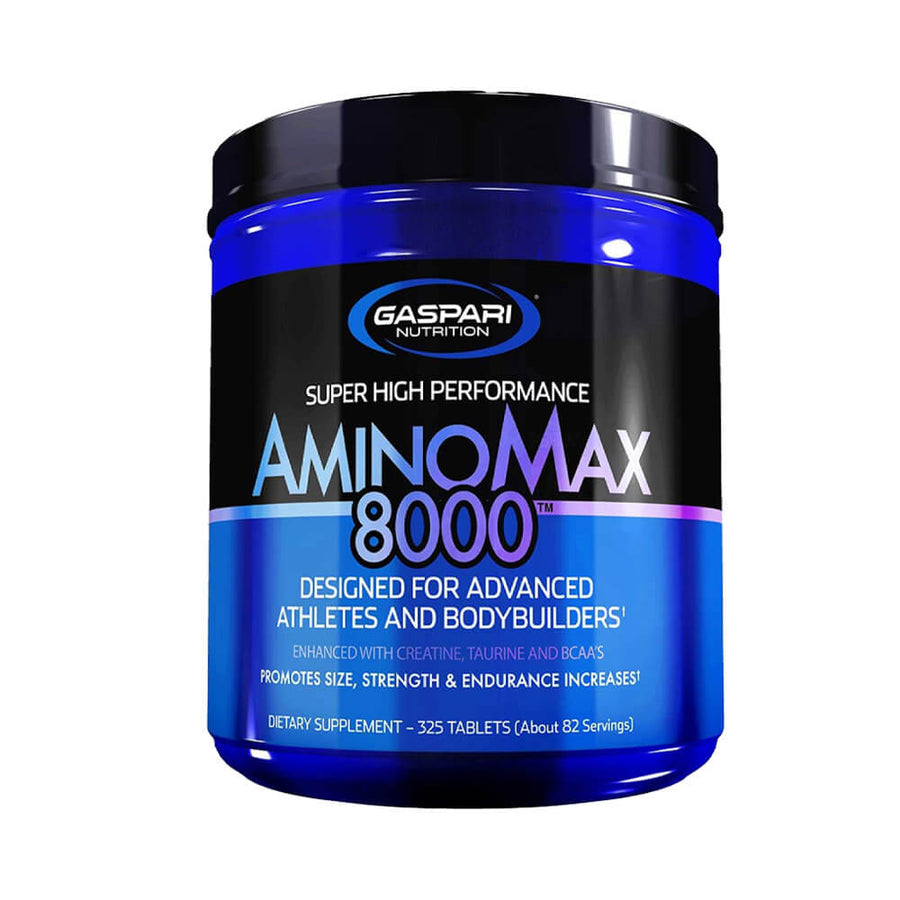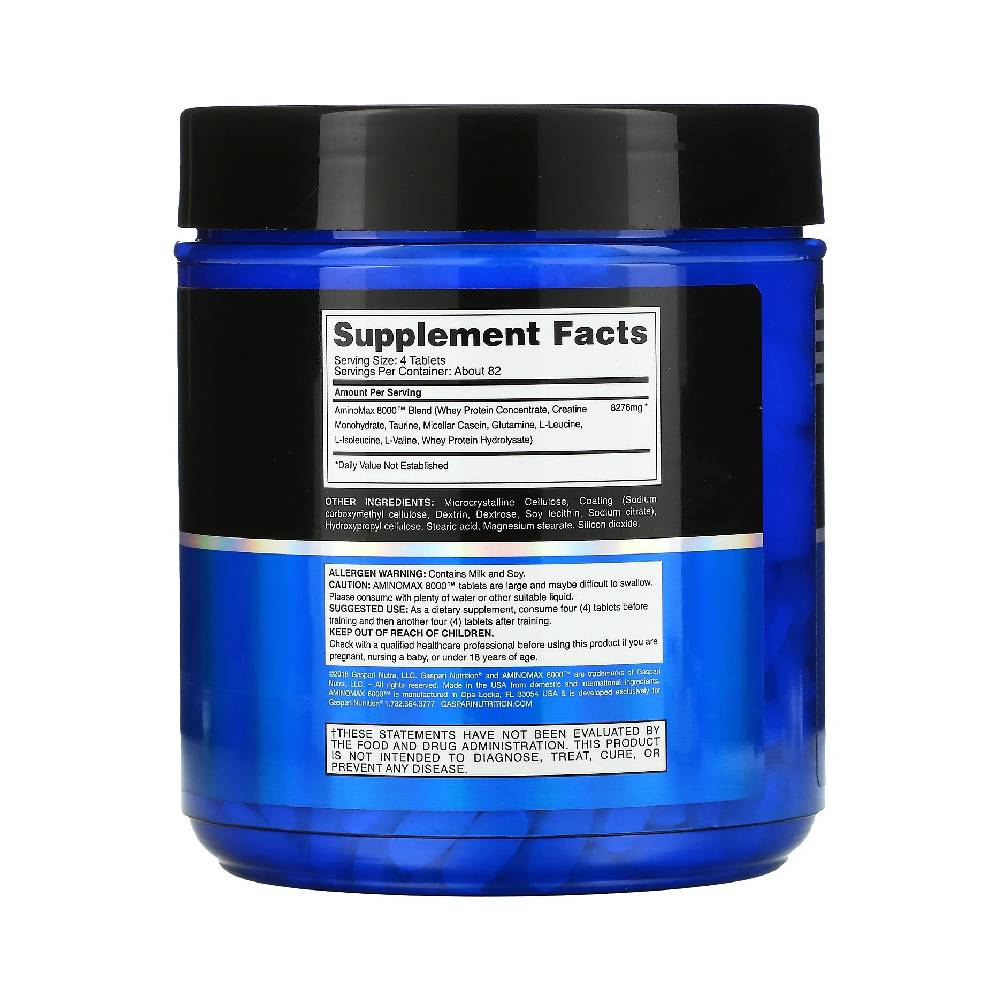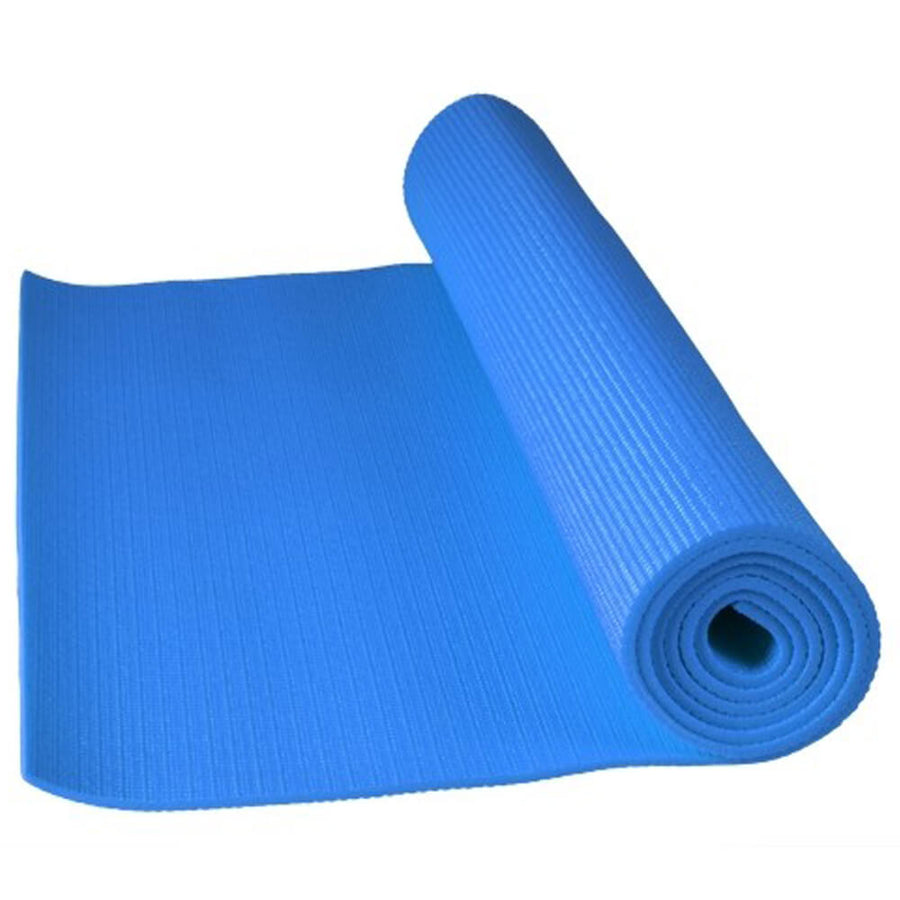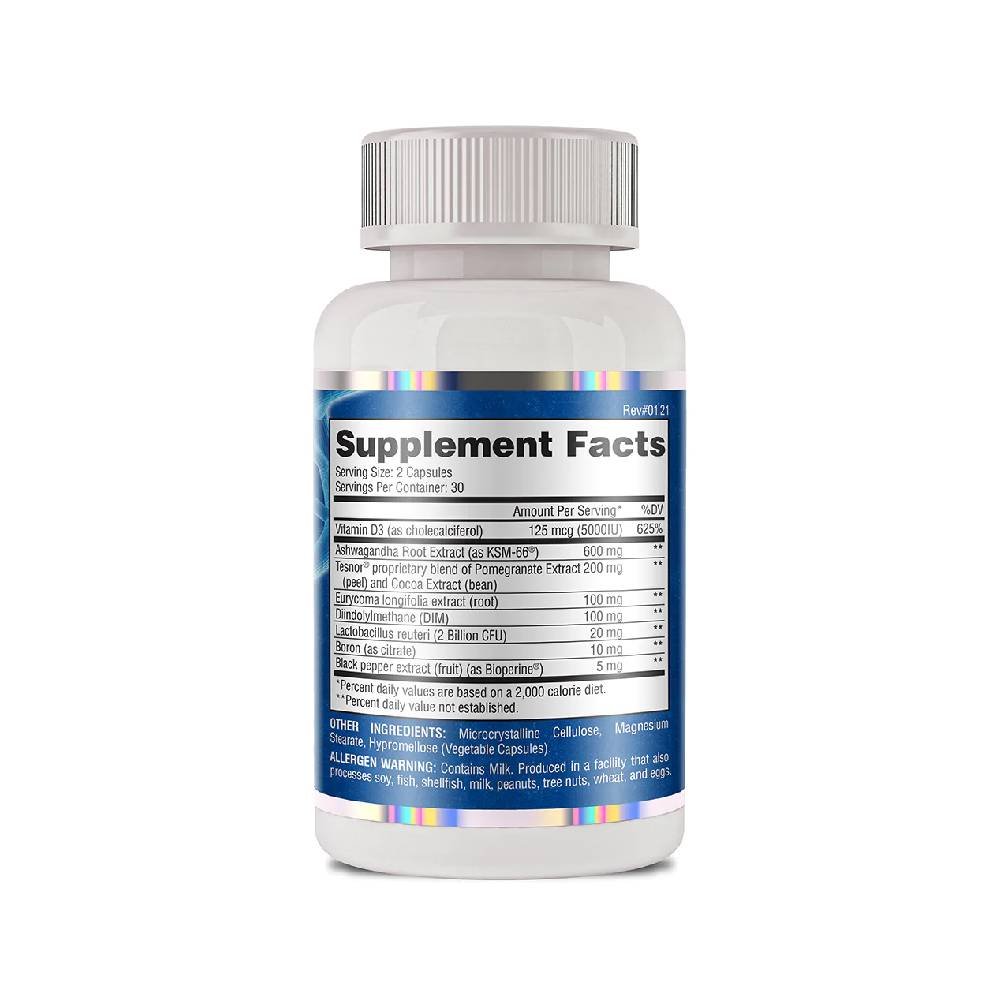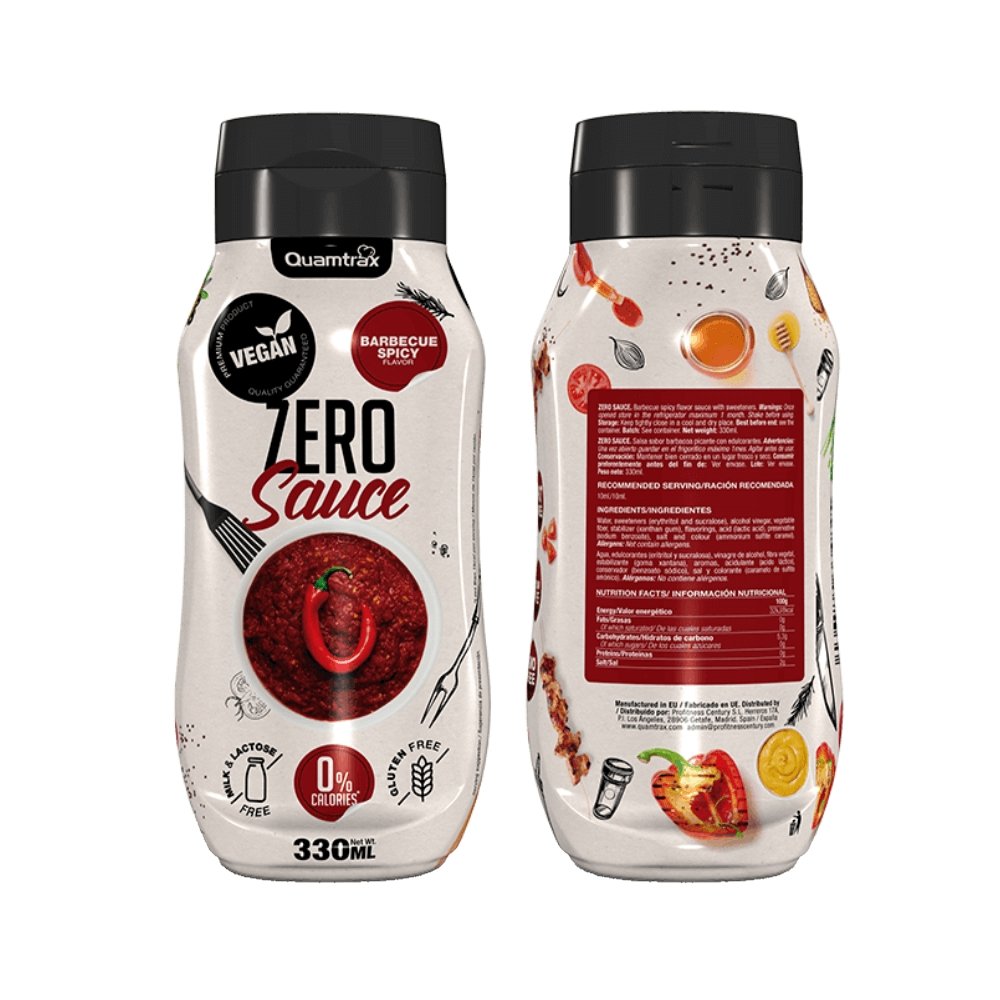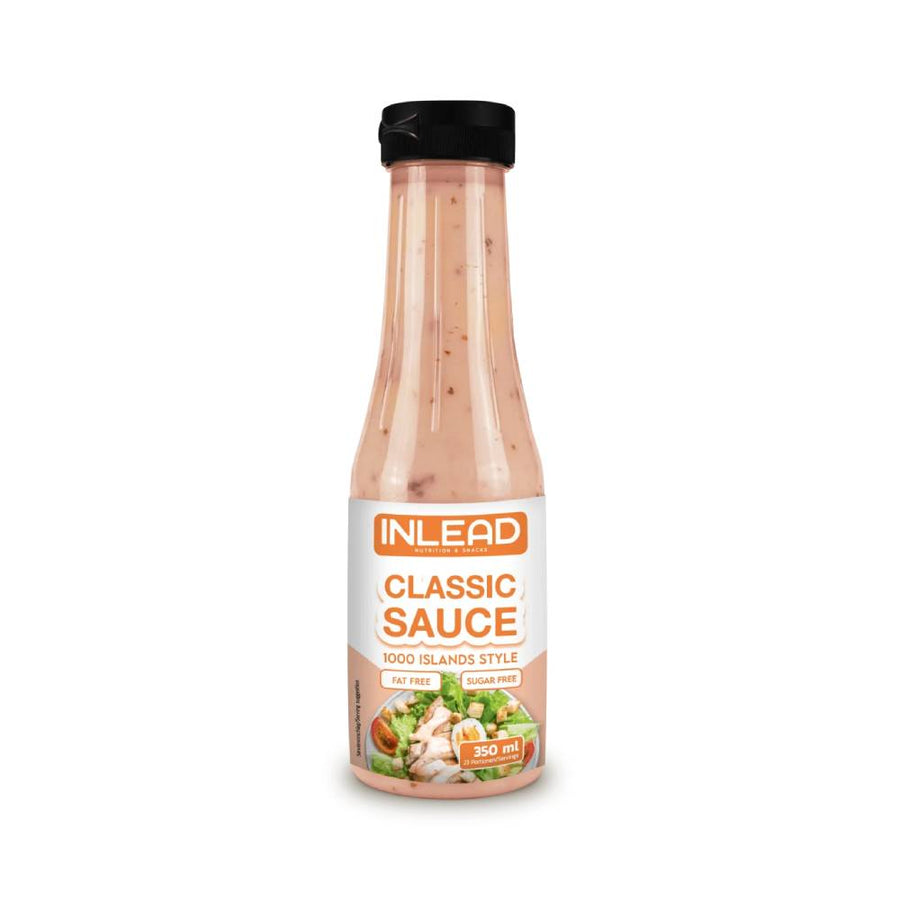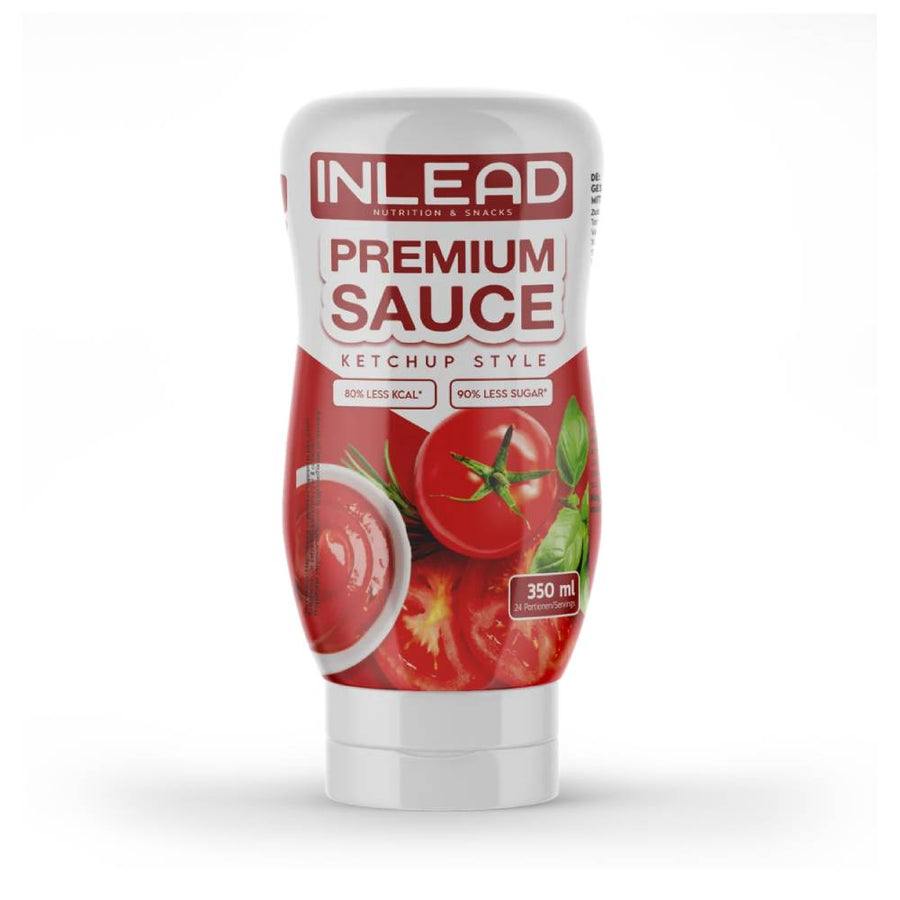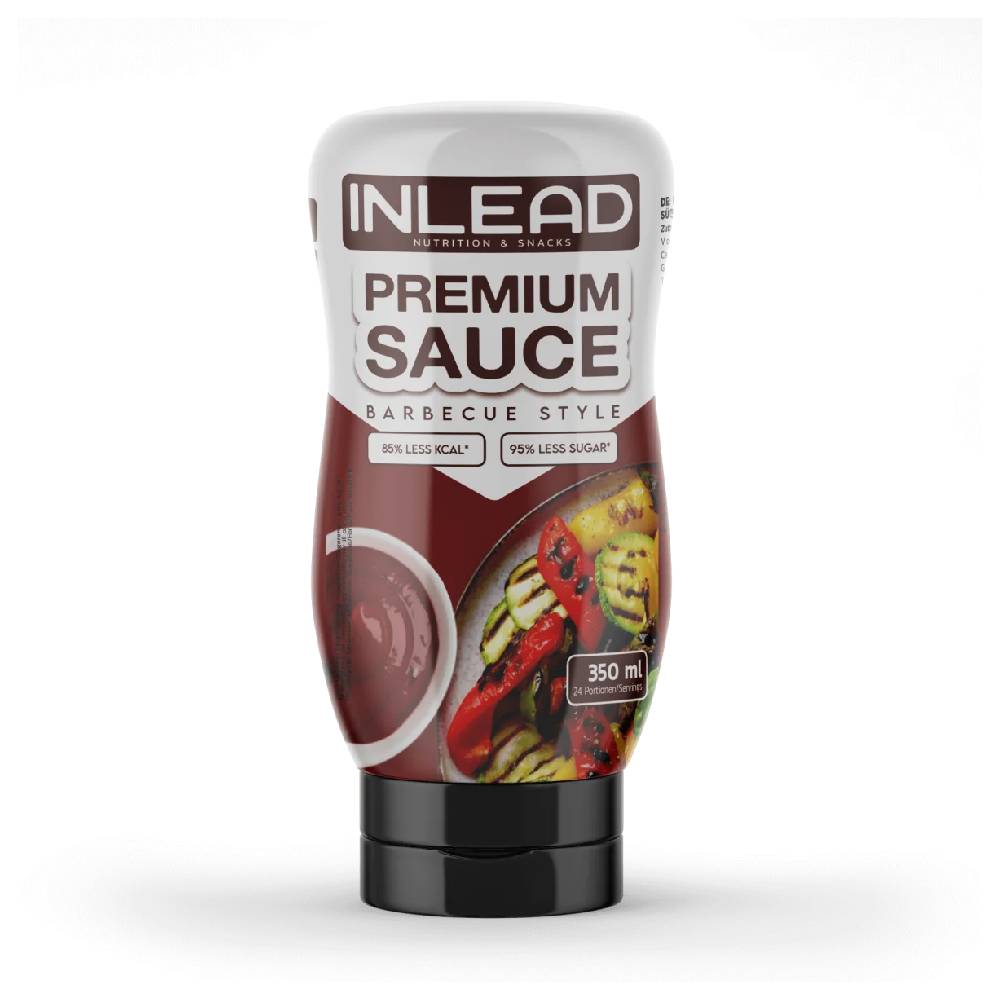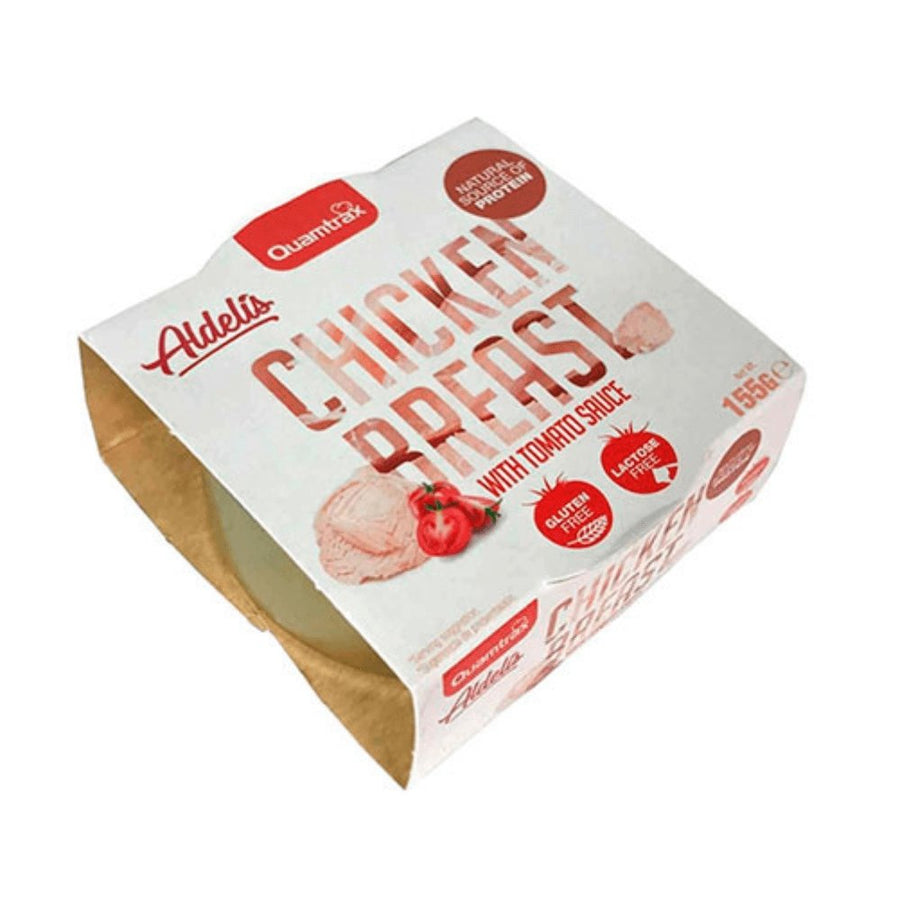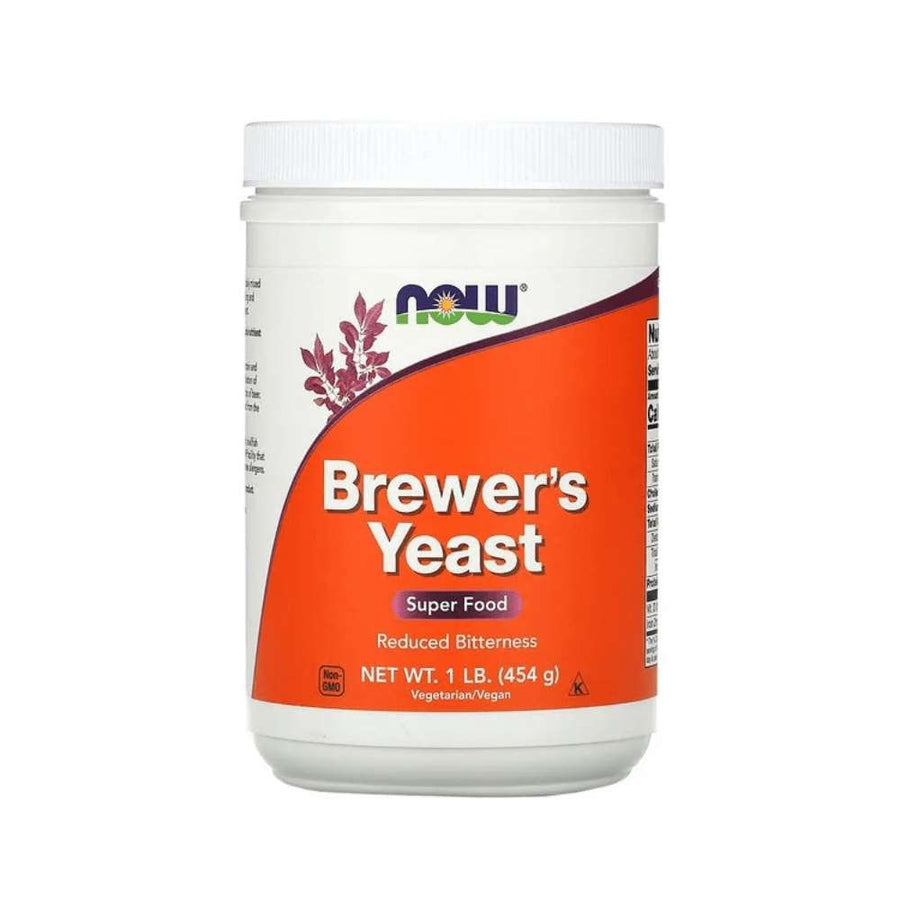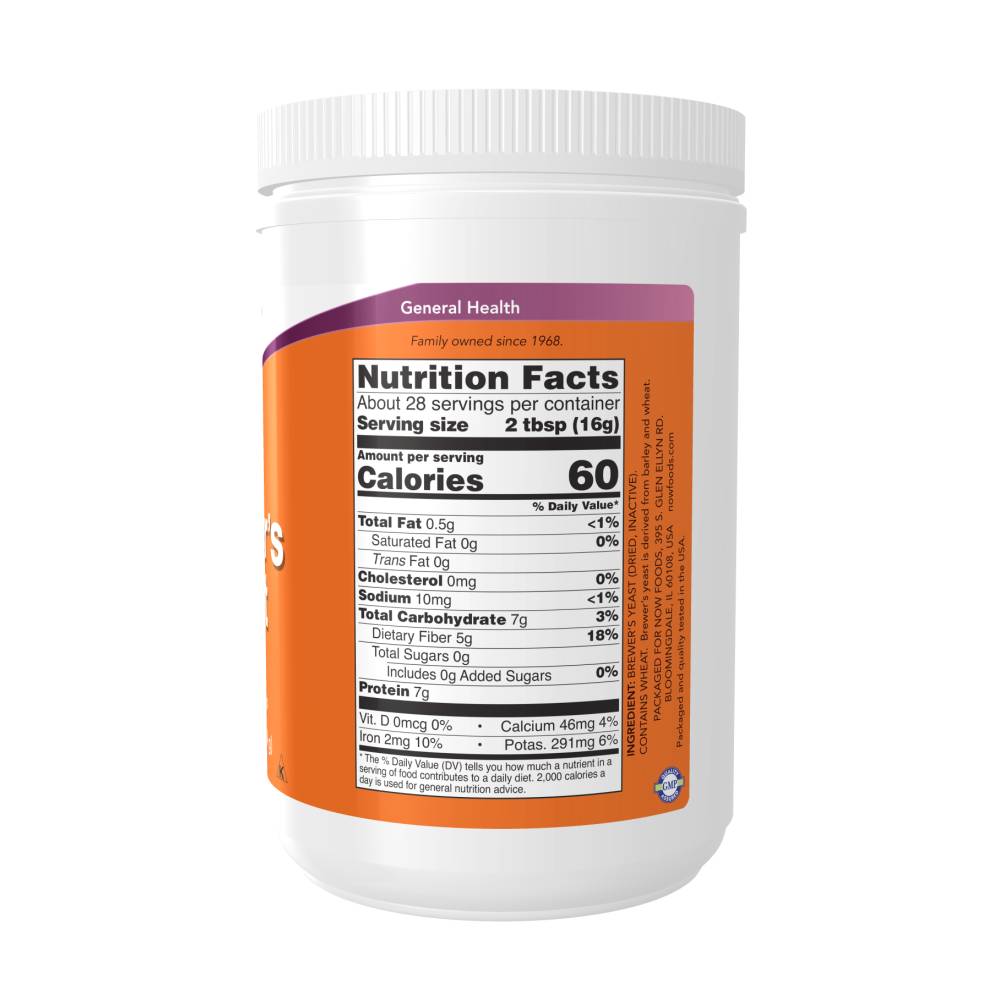2. Risotto, original recipe - customization options
In addition to the classic version, risotto can be adapted to meet various dietary preferences. A vegetarian risotto focuses on using plant-based ingredients to create a rich and healthy culinary experience, perfect not only for vegetarians, but also for those who want to reduce their meat consumption. This option offers a wide range of fresh vegetables and aromatic spices that add depth and flavor to each bite. At the same time, a lactose-free risotto is ideal for people who choose to avoid dairy products for health reasons or dietary preferences. Both variants not only diversify the menu, but also enrich the taste experience, offering a healthy and delicious alternative for all tastes.
2.1. Risotto with vegetables
There are several ways to transform the classic risotto recipe into a vegetarian and nutrient-packed version. For starters, you can choose to prepare a risotto with mushrooms. One of the most popular options is risotto with porcini mushrooms, a type of mushroom appreciated for its rich flavor and firm texture. Clean the porcini mushrooms and chop them, then add them to the risotto while cooking to reveal their flavors. Alternatively, you can use other types of mushrooms such as champignon or shiitake. Each of these will give the risotto recipe you prepare a special taste and will contribute to creating a complex and satisfying culinary experience.
You can also add other vegetables such as asparagus, which adds a crunchy texture and a refined touch to the risotto. It would be advisable to cut it into smaller pieces and add it during cooking so that it blends perfectly with the rice and other ingredients. Zucchini, with its delicate and slightly spongy texture, is another excellent option. You can dice it and sauté it lightly, to preserve its freshness and to integrate well into the risotto. Peppers, whether red, yellow or green, bring a subtle sweetness and a crunchy texture. You can dice them and sauté them together with the onion and garlic to add extra flavor and color to the risotto.
Broccoli or cauliflower are vegetables that can give your dish not only color, but also an interesting texture. Spinach leaves are another excellent choice due to their high nutrient content. Add them towards the end of cooking to preserve their freshness and vibrant color. Finally, you can add a handful of coarsely chopped walnuts, which will give the dish a crunchy texture and a rich intake of healthy fats. For a touch of freshness, add a handful of green peas in the last minutes of cooking, so that they remain crunchy and retain their vibrant color.
2.2. Lactose-free risotto
Adapting a classic risotto recipe to a lactose-free version requires a careful and creative approach to preserve the characteristic taste and texture, despite the absence of dairy ingredients. Replacing butter with cooking spray is an excellent choice for tempering onions and garlic. Completely eliminating grated Parmesan, a traditional ingredient in risotto, may seem like a challenge, but there are alternatives that can fill the gap.
To compensate for the lack of Parmesan, you can add inactive nutritional yeast. This gives the dish a rich, cheese-like flavor, making it a popular alternative in vegan cuisine to enrich the flavors of dishes. Added at the end of cooking, along with vegan butter, nutritional yeast will complete the taste of the risotto and bring that desired complexity.
Another essential aspect is choosing vegetable soup or other cooking liquids that are completely lactose-free. It is important to read labels carefully to avoid any traces of milk or dairy products in the composition. You can opt to prepare your own vegetable soup at home, making sure that the ingredients used are safe for a lactose-free diet, or you can use pre-packaged versions, which are clear about their content.




